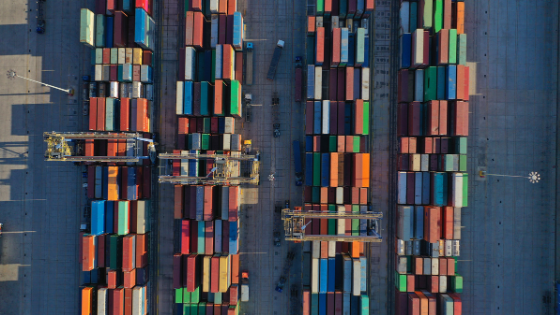The international shipping industry is the lifeblood of the global economy, responsible for moving 90% of the world’s trade. If the maritime industry stands still, the global economy comes to a screeching halt.
Unfortunately, maritime workers also have a 4.7 times higher fatality rate than all other US workers.
Safety in maritime isn’t simply a matter of protecting employees. Without safe operations, the maritime industry cannot function, and that leaves almost every other industry at risk.
Here are a few of the basics you need to know about maritime security and safety.
What Is Maritime Safety?
For all that our world is increasingly digital, the backbone is still the shipping industry. In fact, shipping is perhaps the most global of all industries. Unfortunately, it’s also one of the most dangerous.
Maritime safety is concerned with the safety of everyone involved in maritime transport. It covers the safety of the crew and passengers, but it’s also essential to the safety of residents of coastal and port cities.
As such, maritime safety addresses all elements of the maritime industry, from the construction of the ship to the training of the crew onboard to traffic management at sea.
Why You Need It
It might seem like there’s a wide-open sea out there, but the reality is that the size of the maritime industry makes that big blue sea a lot smaller.
Think of it this way.
Let’s say you have a ship. That ship is carrying cargo along the East Coast. The problem is, another ship is running cargo along the same path.
If the respective crews don’t know how to man the ship effectively, or don’t know how to navigate traffic in the water, those ships could easily collide. Everyone on those ships is now at risk.
Depending on the cargo the ships were carrying, the water may become unsafe, which puts residents within a certain radius of the collision at risk of health issues. Of course, if the crash happens in port, the land-bound residents may face a more immediate safety risk, as do the other ships in port.
Maritime Safety Regulations
Because maritime is necessarily an international industry, American maritime companies have to contend with regulations in the United States and international maritime laws as well.
Within the United States, maritime safety and security is the domain of several agencies. From an employee safety perspective, companies are regulated by the Occupational Safety and Health Administration. However, maritime safety is also the domain of the US Coast Guard, which means the maritime industry falls under the purview of the Department of Homeland Security.
Internationally, the maritime industry is governed by the International Maritime Organization, a specialized agency within the United Nations focused on enforcing uniform maritime regulations in signatory countries, as well as ensuring that members abide by international conventions set by the IMO.
Each of these organizations has their own set of standards for the maritime industry, from security protocols to employee training. As a rule, you’re generally safest if you abide by the strictest regulations, though if there are multiple conflicting regulations on the same topic, you’ll have to abide by all of them.
Promoting Safety in Maritime
If you’re a maritime professional, you know that safety in maritime is not somewhere you can afford to compromise. You also know that it’s a complex issue that simply does not adapt to a one-size-fits-all solution.
That’s why we built maritime safety solutions that evolve to meet your biggest challenges, whatever they may be.
Want to find out more about how we can protect your crew? Get in touch today to start the conversation.
